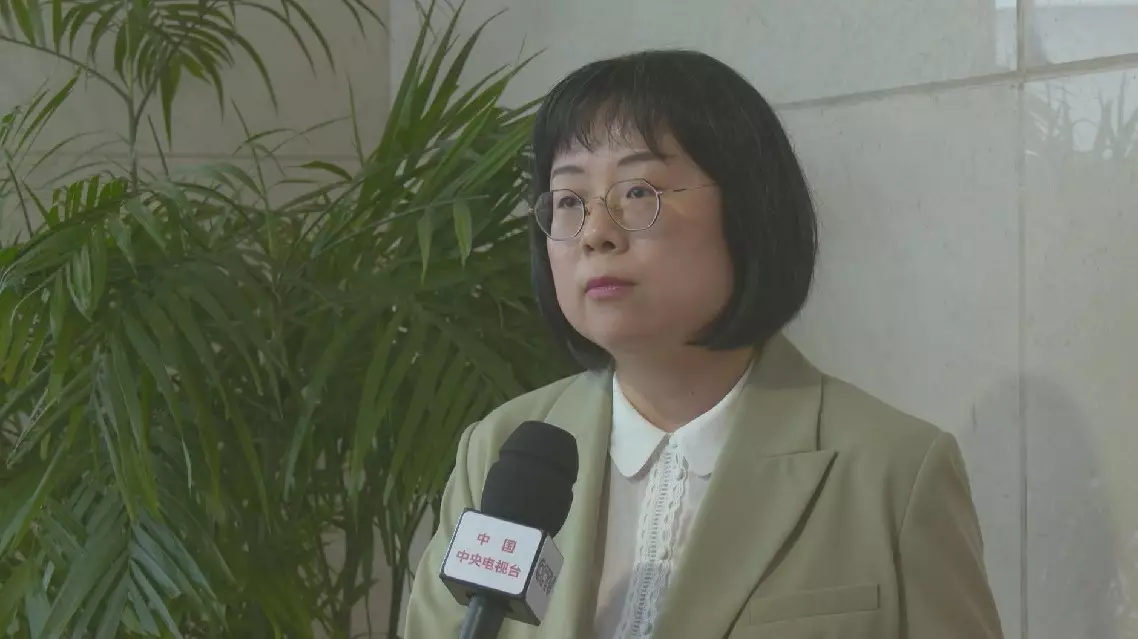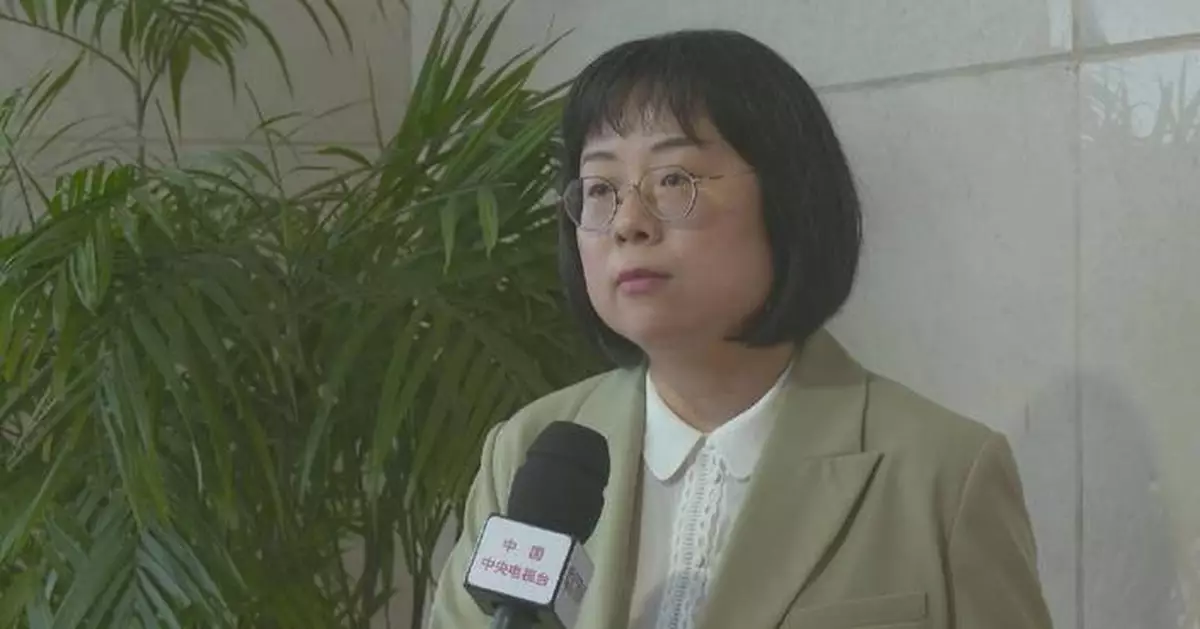China will work to further develop consumer services to support high-quality economic development and meet the people's demand for personalized, diversified and quality services, according to a government guideline made public on Saturday.
The guideline, issued by the State Council (Cabinet), spells out 20 key tasks, including tapping the potential of consumption in sectors such as hospitality, domestic services, elderly care, childcare, entertainment, tourism, sports, education and training.
In the first six months of this year, China's retail sales of services increased 7.5 percent from a year ago, 4.3 percentage points higher than that of goods, official data showed. Service consumption has been a major driver in the growth of consumption. "With the adoption and entry into effect of this document, many specific rules will actually integrate into our lives, and generate a very strong driving effect on boosting consumption. The recovery and growth of consumption is also playing a more important role in solving the problem of a lack of effective demand in the supply and demand cycle. As a result, the recovery and growth momentum of the overall economy will be further consolidated," said Zou Yunhan, deputy director of the macroeconomic research office of the Department of Economic Forecasting under the State Information Center. The guideline aims to address key issues that hinder high-quality development of service consumption. Specifically, it focuses on solving the problem of insufficient effective supply in the field of service consumption, particular targeting the shortage of professional human resources in fields such as elderly care and domestic service. "People's demand is relatively high, but in fact there is not so much supply. At the same time, the quality of service needs to be further improved. For example, as far as the supply of human resources is concerned, we need the supply of more graduates from polytechnic schools, or some professional human resources from universities. If the overall service human resources team can be further developed, it would actually be more favorable for the growth of service consumption," Zou said.
The guideline also focuses on creating new consumption scenarios and opening the service industry wider to foreign investment, to enrich the consumption choices of Chinese customers
"For example, the access of the service industry in telecommunications, education, elderly care and medical care allow more high-quality foreign enterprises to enter our market and provide our residents with higher quality, or more targeted and more distinctive services, to meet people's diverse individual needs," she said.

China moves to advance high-quality development of service consumption
U.S. tariffs on Cambodia, which were set at 49 percent, have sparked concerns among the Southeast Asian country's key export industries such as garment manufacturing amid the ensuing economic uncertainties.
On April 2, U.S. President Donald Trump announced the 49 percent "reciprocal tariff" on goods imported from Cambodia, the highest among all countries. Days later, the U.S. reduced the so-called "reciprocal tariff" to 10 percent for 90 days, offering a window period to Cambodia for negotiations with it.
Cambodian businesspeople say the tariffs have the potential to wreak havoc on the country's manufacturing sector, which, according to data from the World Bank, makes up around a fifth of the country's GDP.
"For U.S. manufacturers, definitely, there will be a big impact. If manufacturers are focusing on U.S. products, they are now in the middle. They don't know what they should do at the moment because the tariff now from Cambodia to the U.S. is actually quite high," said Dr. Ben Li, a Hong Kong investor in Cambodia and Chairman of the Cambodia Chinese Commerce Association.
Nevertheless, Li sees the tariff hike as an opportunity to export more Cambodian goods to the European Union, where a majority of Cambodian exports enjoy duty-free status.
"I always say there will be a light (at the end of the tunnel.) Even now, the U.S. tariff is so high, it's going to be so high after 90 days, we don't know. But, there's still a big market to Japan or to the European Union. There's still a big opportunity there," he said.
The Cambodian investor also believes the development of major infrastructure projects will help support Cambodia's economy.
"Especially the new canal and then the new airport, and the railways which connect to China. I believe once the logistics and infrastructure are built up, it can help the whole country's economy. By reducing the transportation costs, it can also mitigate the tariff costs," he said.
Cambodia and the U.S. held their first tariff negotiations on April 16, with more expected to follow. Local experts said the stakes are high for the country's workers.
"If this negotiation fails, there will be a significant impact. It will include the garment and travel goods sector. These sectors consist of about 1,068 factories and 930,000 workers. The income generated from these sectors is about 3 billion dollars per year. So it would significantly impact Cambodia's economy, jobs and incomes," said Chey Tech, a socio-economic research and development consultant from Dynamic Alliance Consulting.
Despite the potential risks, Tech expressed his optimism about a positive outcome, citing Cambodian Prime Minister Hun Manat's letter to Trump on April 4.
"The Prime Minister's letter confirmed that Cambodia would reduce the tariff rate for U.S. goods to 5 percent. Second, Cambodia is the least developed country. Third, Cambodia produces goods that the developed countries won't produce. We asked whether the U.S. would be able to produce these low-cost products. It cannot," said Tech.
In 2024, Cambodia exported goods of 9.9 billion dollars to the U.S., making it the country's largest market, accounting for 37 percent of Cambodia's total exports.

49-percent US tariffs sparks worry among Cambodia's key export industries





















































